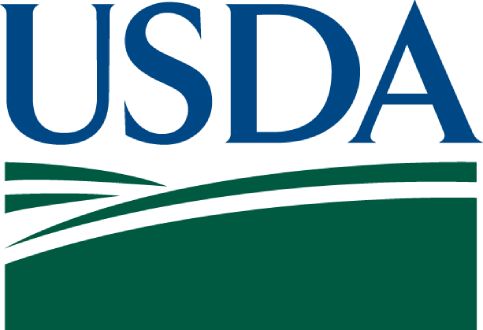Reaching Those in Need: Estimates of State Supplemental Nutrition Assistance Program Participation Rates in 2019
Download
Associated Project
Using Microsimulation in Supplemental Nutrition Assistance Program (SNAP) Policy Analysis
Prepared for:
U.S. Department of Agriculture, Food and Nutrition Service
Clients

Key Findings
- An estimated 82 percent of eligible people received SNAP benefits in fiscal year 2019. However, participation rates varied widely from State to State.
- In 21 States and the District of Columbia, the rates were statistically significantly higher than the national rate, and in 14 States, the rates were significantly lower.
- Participation rates also varied among the regions. The Northeast Region had the highest participation rate—92 percent—while the Southwestern Region had the lowest—77 percent.
- In 36 States and the District of Columbia, the participation rate for people in households with earnings was significantly lower than the rate for all eligible people.
The SNAP participation rate is the percentage of eligible people in the United States who actually participate in the program. Vigil (2022) examined national SNAP participation rates and rates for socioeconomic and demographic subgroups of people. This research brief presents estimates of State SNAP participation rates for all eligible people and people in households with earnings for fiscal year 2019. These estimates can be used to assess recent program performance and focus efforts to improve access.
How do you apply evidence?
Take our quick four-question survey to help us curate evidence and insights that serve you.
Take our survey
